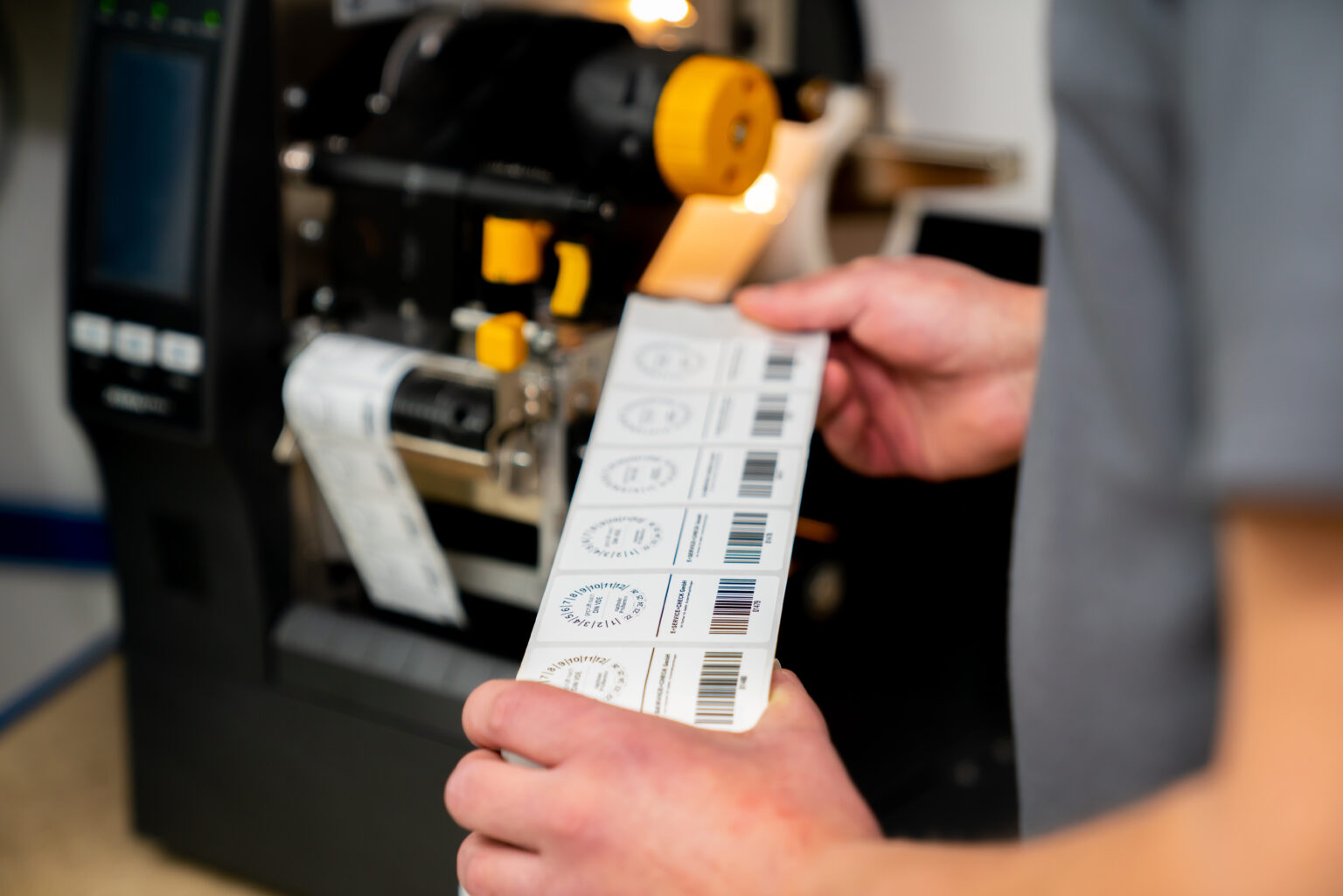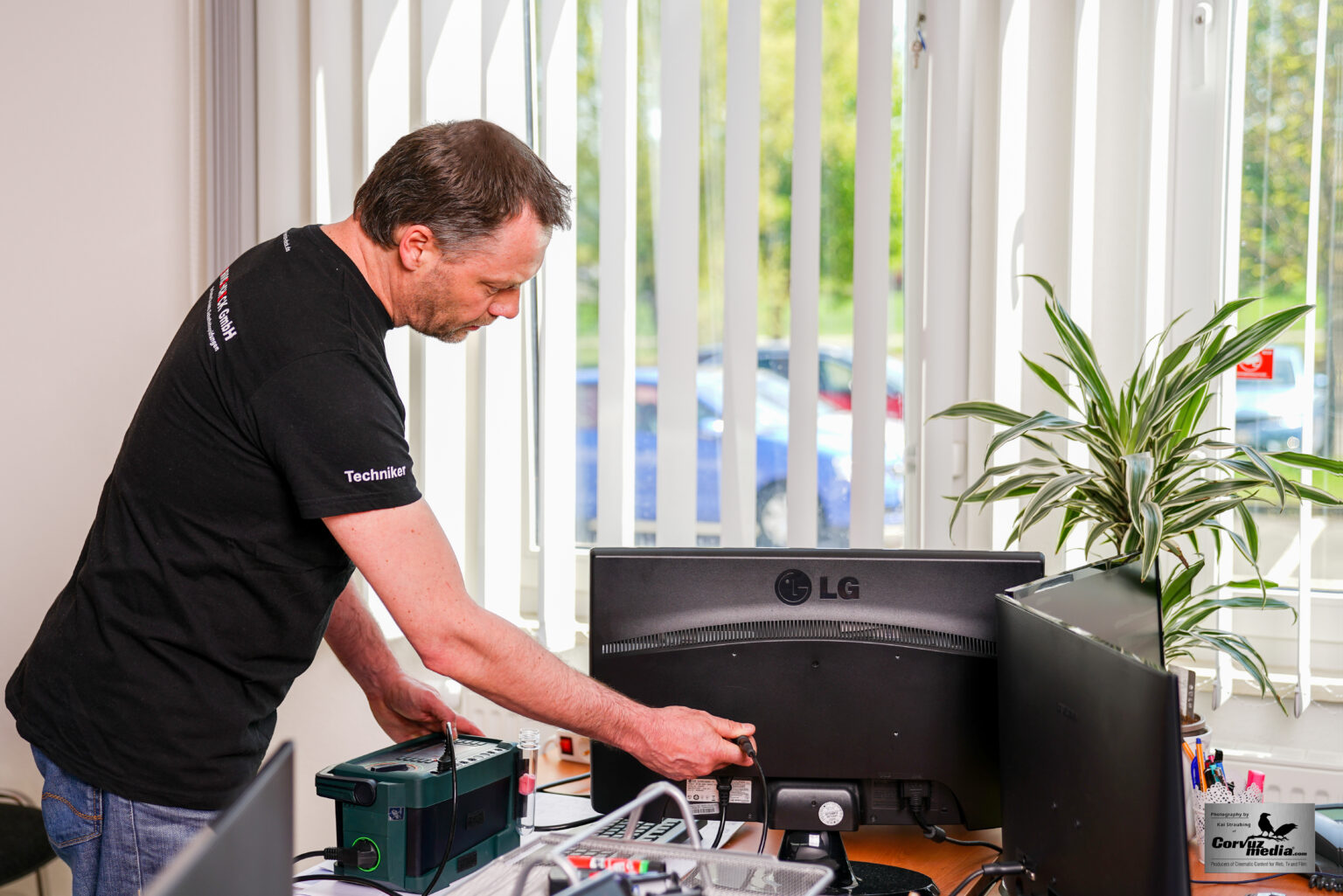Ever wondered why compliance with safety standards can be a game-changer? In Schwedt/Oder, the DGUV V3 Prüfung has become a keystone for ensuring electrical safety in workplaces. It’s not just about ticking boxes; it’s about safeguarding lives and businesses.
Implemented rigorously, this examination traces its roots back to German safety regulations aimed at minimizing electrical hazards. A staggering 70% reduction in workplace accidents has been reported in areas with thorough DGUV V3 compliance. For companies in Schwedt/Oder, it’s an indispensable step toward a safer, more efficient work environment.
DGUV V3 Prüfung in Schwedt/Oder ensures electrical safety in workplaces by adhering to strict German regulations. It involves regular inspections and maintenance of electronic equipment to prevent accidents and ensure compliance. This process contributes significantly to reducing workplace hazards and securing operational efficiency.
DGUV V3 Prüfung Schwedt/Oder
DGUV V3 Prüfung is essential for keeping electrical systems safe in Schwedt/Oder. Regular inspections ensure that all equipment functions properly and safely. This process helps reduce accidents and maintains compliance with German safety standards. Many industries prioritize this to safeguard their operations and employees. It’s a crucial part of workplace safety.
During the DGUV V3 Prüfung, inspectors check various elements like wiring, devices, and safety mechanisms. They ensure everything is up to code and functioning correctly. Any issues found must be fixed immediately. This prevents further complications and reduces potential hazards. It’s a proactive approach to safety.
There are several steps to follow in the DGUV V3 Prüfung:
- Plan the inspection schedule.
- Conduct a thorough visual inspection.
- Test electrical devices for proper function.
- Document all findings and address any issues.
- Review and approve the inspection report.
Companies in Schwedt/Oder benefit greatly from these inspections. Not only do they enhance safety, but they also ensure that businesses comply with local regulations. Compliance can also prevent costly fines and downtime. By implementing regular DGUV V3 Prüfungen, companies invest in a safer, more efficient future. This practice ultimately promotes a culture of safety and responsibility.

Steps in DGUV V3 Testing Process
The first step in the DGUV V3 testing process is planning. Inspectors schedule an appropriate time to visit and ensure minimal disruption to operations. Planning involves reviewing previous inspection reports and understanding the specific needs of the site. This helps in preparing a tailored checklist for the inspection. Proper planning sets a solid foundation for the entire process.
Once planning is complete, inspectors conduct a visual inspection. They check for obvious signs of wear and tear, like damaged cables or loose connections. This initial look helps identify immediate hazards. It’s important to document any issues found during this stage. Visual inspections are quick but essential for spotting potential risks early.
Next, functional testing occurs. Inspectors use specialized tools to test the electrical performance of devices and systems. They measure voltage, current, and resistance to ensure everything operates within safe limits. Any faults detected are recorded for further action. Functional testing provides a deeper insight into the system’s health.
After tests are completed, results are documented in a detailed report. This report includes all findings, suggested repairs, and compliance status. It’s reviewed by both the inspectors and the company’s maintenance team. The final step is implementing corrective actions based on the report. Ensuring all issues are resolved helps maintain continuous safety and compliance.
Benefits of Regular DGUV V3 Testing
Regular DGUV V3 testing significantly improves workplace safety. By regularly checking electrical equipment, companies can prevent accidents before they happen. This proactive approach reduces the risk of electrical fires and other hazards. Fewer accidents mean fewer injuries and a safer environment for everyone. It’s a small effort with big rewards.
Another benefit is increased equipment reliability. Regular testing helps identify and fix small issues before they turn into big problems. This extends the lifespan of electrical devices, saving companies money on replacements. Plus, reliable equipment means less downtime and higher productivity. It’s a win-win situation for businesses.
Compliance with regulations is another key advantage. DGUV V3 testing ensures that companies meet German safety standards, avoiding hefty fines and legal issues. Regular inspections keep everything up to code. Compliance not only protects the company but also boosts its reputation as a safe and responsible employer. This can attract more business opportunities.
Lastly, regular testing fosters a culture of safety among employees. When workers see that their employer prioritizes safety, they are more likely to follow safety guidelines themselves. This collective effort further reduces risks in the workplace. It creates a positive feedback loop, making the workplace safer for everyone. Safety becomes a shared responsibility.

Common Issues Found During DGUV V3 Testing
One common issue found during DGUV V3 testing is damaged cables. Over time, cables can wear out, leading to exposed wires and potential electrical fires. Inspectors often find frayed or cut cables during their checks. These damaged cables pose significant risks to both equipment and personnel. Prompt replacement is crucial to ensure safety.
Faulty grounding is another frequent problem. Proper grounding is essential for preventing electrical shocks and fires. During inspections, it’s not uncommon to discover grounding wires that are loose or improperly installed. Addressing these grounding issues is vital for maintaining a safe workplace. It also helps in preventing unexpected electrical failures.
Old or malfunctioning equipment is also a major concern. Devices that are outdated or damaged can operate inefficiently and unpredictably. During the DGUV V3 testing process, inspectors often find machinery that needs repair or replacement. Regular maintenance can prevent these issues from becoming severe. Keeping all equipment up-to-date is essential for smooth operations.
Improper labeling of electrical panels is another issue that frequently arises. Clear and accurate labeling is necessary for quick identification during emergencies. Inspectors sometimes find panels that are mislabeled or not labeled at all. This can lead to confusion and slow down response times in critical situations. Proper labeling ensures efficiency and safety.
Inspectors also find that some safety mechanisms, like circuit breakers, are faulty or non-functional. These mechanisms are designed to protect against electrical overloads and short circuits. Faulty safety devices can fail to prevent dangerous situations. Regular testing and maintenance are necessary to ensure these protective features work correctly. It’s a simple measure that can save lives and property.
Finding a Certified DGUV V3 Tester in Schwedt/Oder
Finding a certified DGUV V3 tester in Schwedt/Oder is crucial for ensuring electrical safety. Certified testers have the expertise and qualifications to conduct thorough inspections. They ensure that all electrical systems meet the strict German safety regulations. This helps in preventing accidents and maintaining a safe working environment. It also ensures compliance with legal requirements.
When searching for a tester, consider these factors:
- Certification and qualifications.
- Experience with similar industries.
- Availability for regular inspections.
- Reputation and customer reviews.
- Range of services offered.
Using online resources is a great way to find certified testers. Many directories and platforms provide detailed information about local testers. You can compare their credentials, read reviews, and even request quotes. This makes the selection process easier and more transparent. Online platforms can be a valuable tool for finding the right professional.
It’s also beneficial to ask for recommendations from other businesses. Networking can lead you to reliable and trusted testers who have experience in your industry. Personal recommendations provide insight into the tester’s reliability. This can save time and ensure that you’re hiring a qualified professional. Trusted referrals are often the best source for finding quality services.
Don’t forget to verify the credentials of any tester you consider. A reputable tester will have no problem providing proof of certification and previous work. Verification ensures that they are truly qualified to perform the tests. This step adds an extra layer of assurance. It also helps in building trust between you and the service provider.
Key Takeaways
- Certified DGUV V3 testers ensure electrical safety and compliance in Schwedt/Oder.
- Consider qualifications, experience, and reviews when choosing a tester.
- Online platforms can help find and compare certified testers easily.
- Networking and personal recommendations are valuable for finding trusted testers.
- Always verify the tester’s credentials before hiring them.
Frequently Asked Questions
1. What is the purpose of DGUV V3 testing?
2. How often should DGUV V3 testing be done?
3. What are the main components checked during DGUV V3 testing?
4. What qualifications should a DGUV V3 tester have?
5. What happens if issues are found during DGUV V3 testing?
Conclusion
The importance of DGUV V3 testing in Schwedt/Oder cannot be overstated. It plays a crucial role in ensuring electrical safety and compliance. Regular inspections help prevent accidents and protect both employees and equipment. This proactive approach is essential for any responsible business.
Finding a certified tester and addressing common issues promptly are vital steps. By prioritizing safety and adhering to regulations, companies not only protect their workforce but also enhance their operational efficiency. Investing in regular DGUV V3 testing is a small effort that brings substantial benefits. It fosters a culture of safety, ensuring a secure working environment for everyone.